The Wallace Collection in London is a gallery I don’t get to visit all that often. But whenever I do, I am reminded of all the reasons why it is among my absolute favourite collections in the entire city.
The curation of fine art and furniture in every room is opulent without being gaudy. And the space itself is always so quiet - with such a welcome lack of digital displays or computer screens etc - it really is the perfect sanctuary for art lovers who (like me) prefer a more traditional gallery feel.
So, to be honest, I could probably write an entire book on the highlights of this beautiful place. But still, for a slightly different kind of exhibition here today, I thought it would be fun to share a little salute to one particularly special room.
_
For those of you who may be considering a visit soon. the room is easily found in the upstairs section of the house, known as the “Great Gallery”.
And it was here that I spent the best part of yesterday afternoon - utterly transfixed by the first picture we will be featuring today, before slowly dragging myself away to make a slow circumnavigation around the rest of the paintings too.
So I am afraid there won’t be space enough here to feature every single work in the room. But rest assured, if you had all been there to join me on the visit yesterday, these are the paintings we would have stopped in front of for the longest . . .
1. The Lady with a Fan - Diego Velazquez
I go into much more detail about the story of Velazquez’s masterpiece in this article from earlier in the year.
But longer term readers of Art Every Day will not be at all surprised to see me mention this painting again. And suffice to say, my visit yesterday just reaffirmed how I feel about her!
A truly spellbinding portrait.
2. The Shepherd, Paris - Anthony Van Dyck
Anthony van Dyck is sometimes rather unfairly “written off” as just a painter of royalty. But personally, I think this piece really showcases the man’s talent in full force.
Depicting the mythological figure of Paris (famed as one of the central figures in Homer’s Iliad) - there is such a gracefulness to this powerfully built figure.
He is not quite painted in the “Chiaroscuro” style of Caravaggio - but certainly the balance of shadow and light here is no less masterful, and shows how van Dyck had been deeply influenced by the work of Titian and other late renaissance masters on visits to Italy around the time of painting this work.
3. The Annunciation - Philippe de Champaigne
One of the most endearing things I have seen in a gallery for some time was with this work yesterday.
A little boy (probably of no more than 6 years old) came running into the room straight over to see this work. And then, after a few seconds, he went rushing back to his mother and little sister - excitedly proclaiming “Look! At the top there you can see a bit of what Heaven looks like!”
So to be honest, I don’t think I can add better review of this work than that.
4. Venice: The Bacino San Marco from the Canale della Giudecca - Canaletto
The sheer detail and realism in Canaletto’s work is always impressive - but especially at this scale (The work itself is 130.2 x 190.8 cm), there is so much to get lost in here.
Also, it’s worth mentioning that there is a second large scale Canaletto painting in the Great Gallery too - which shows the Bacino di San Marco from the exact opposite vantage. (Thus giving a kind of immersive experience of this area of Venice, long before cameras or film footage was ever conceived!)
5. The Laughing Cavalier - Frans Hals
Probably one of the most famous works by Hals, and a painting which always seems to seems to get the most attention in the Great Gallery too.
The Laughing Cavalier is a strange title for this work, considering the man is not laughing, and he does not appear to be a Cavalier either. But nonetheless, the details of his outfit are quite mesmerizing and the man himself has a real air of warmth which is so typical of Frans Hals.
When so many other portrait artists were seeking to paint their models in highly serious and formal poses - Frans absolutely pioneered a style which brought out the good humour and the humanity of his sitters.
6. A Sibyl - Domenichino
Having started our little feature today with possibly the most beautiful woman in the Great Gallery - we will end now with a very close second!
Domenichino’s Sibyl is likely intended as an allegorical figure, as the artist also painted two other similar portraits around the same time with women to embody the arts of music and literature respectively.
But as yet, it is not fully certain what this lady is supposed to represent - so, I will leave it with all of you to make up your own minds with that.
And of course, there is always a chance that she was painted simply to represent the concept of beauty itself . . . in which case, she really could hardly be a more perfect representative.
Alternatively, to send a one time donation at a price of your choosing, please use the button below.
All contributions are immensely appreciated, and play a vital role in the future of this newsletter.

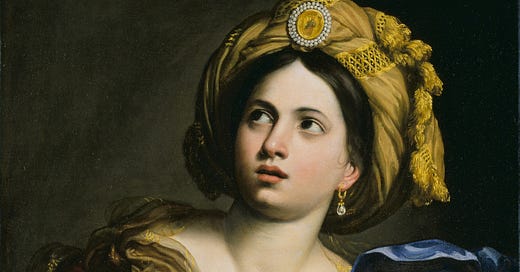


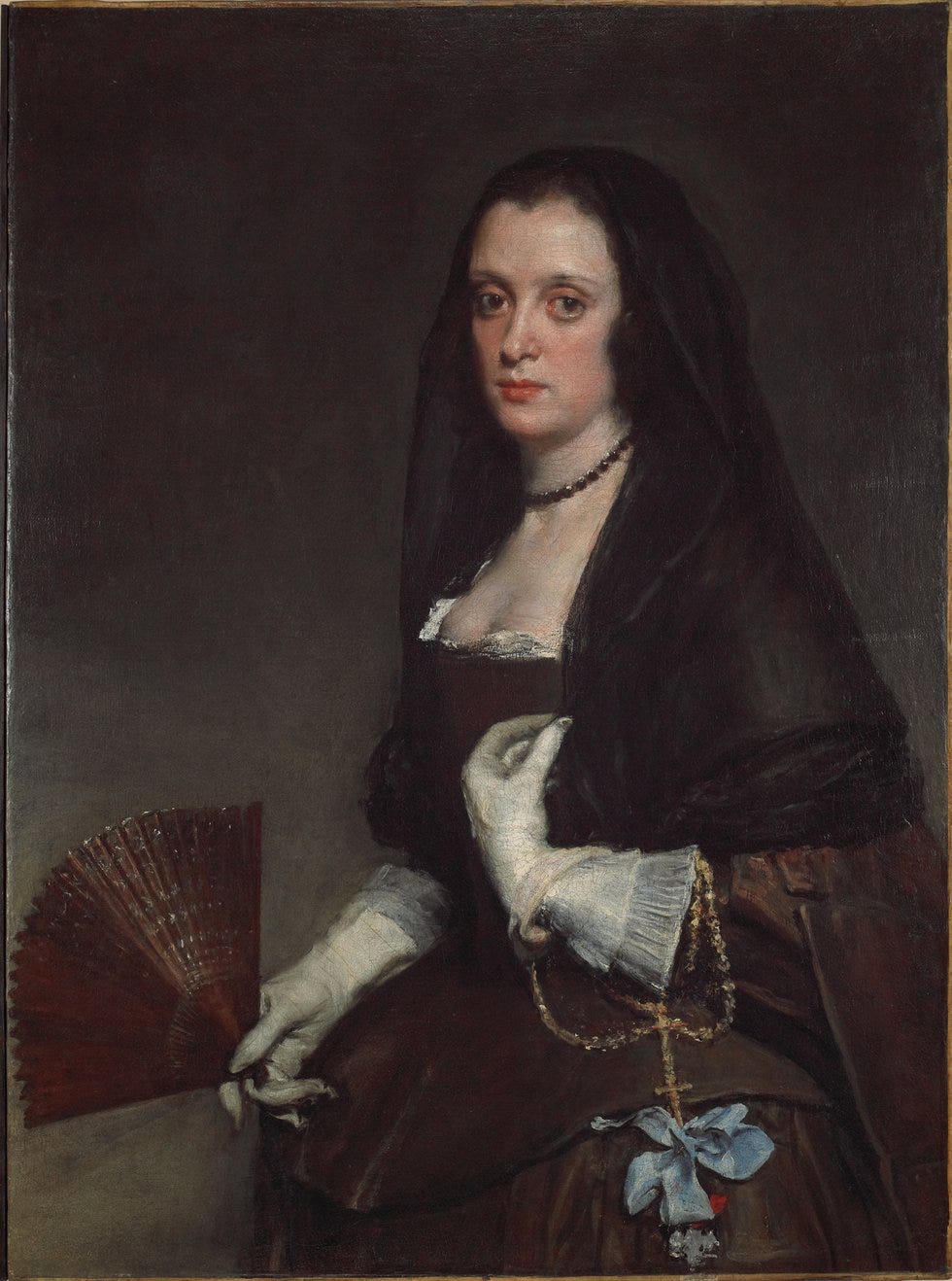
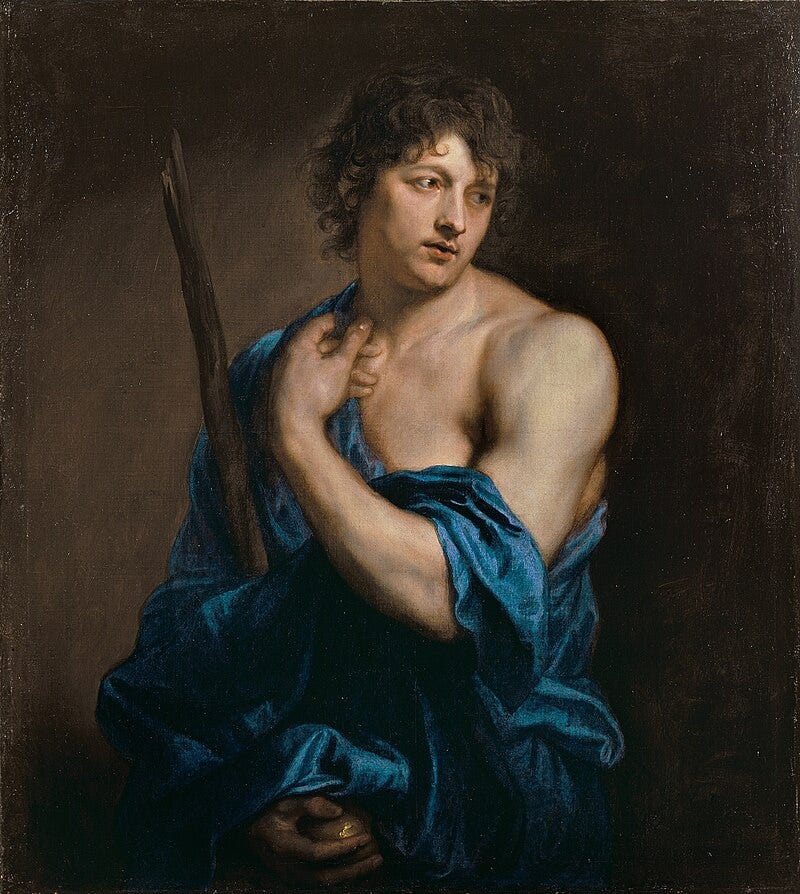

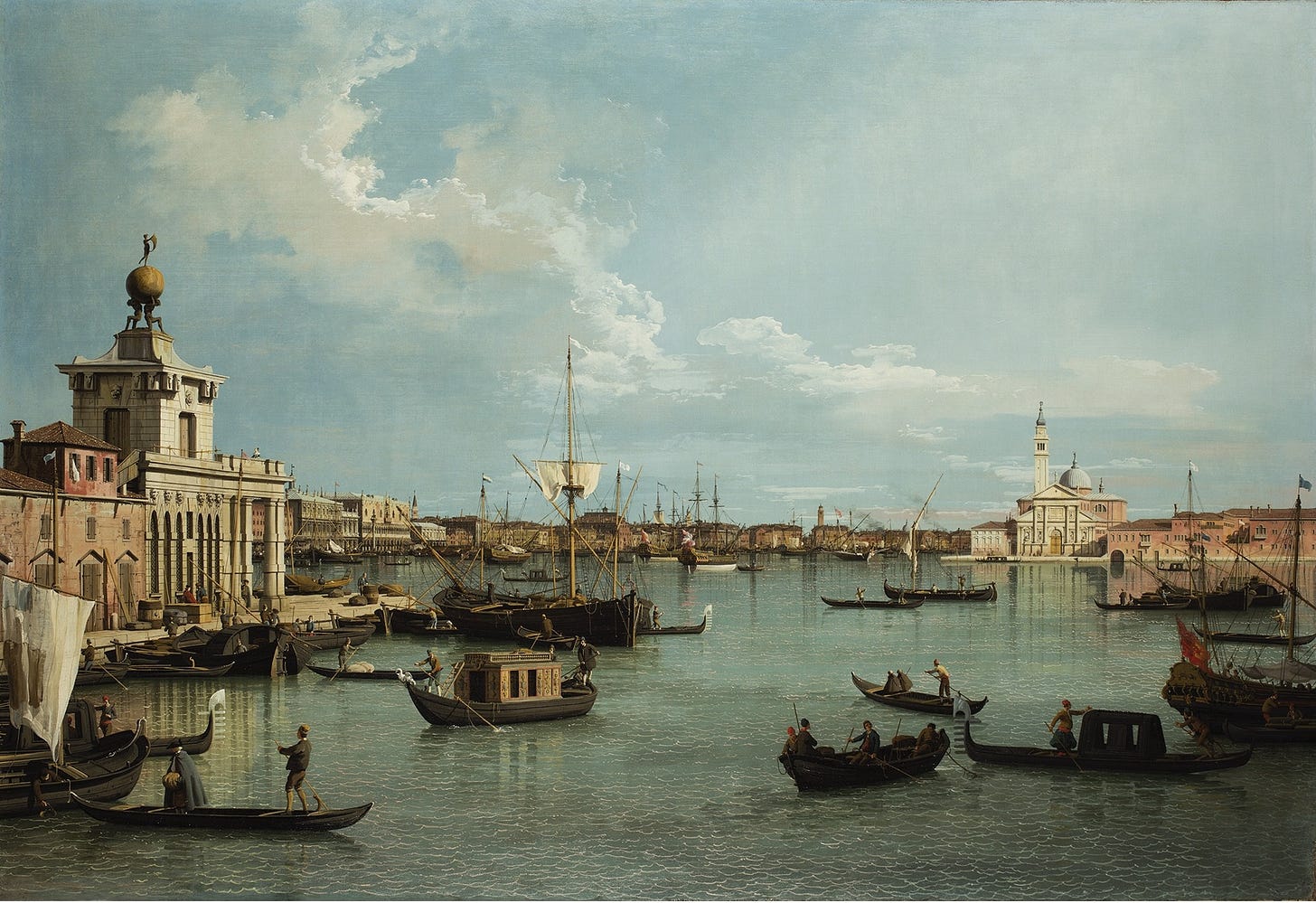
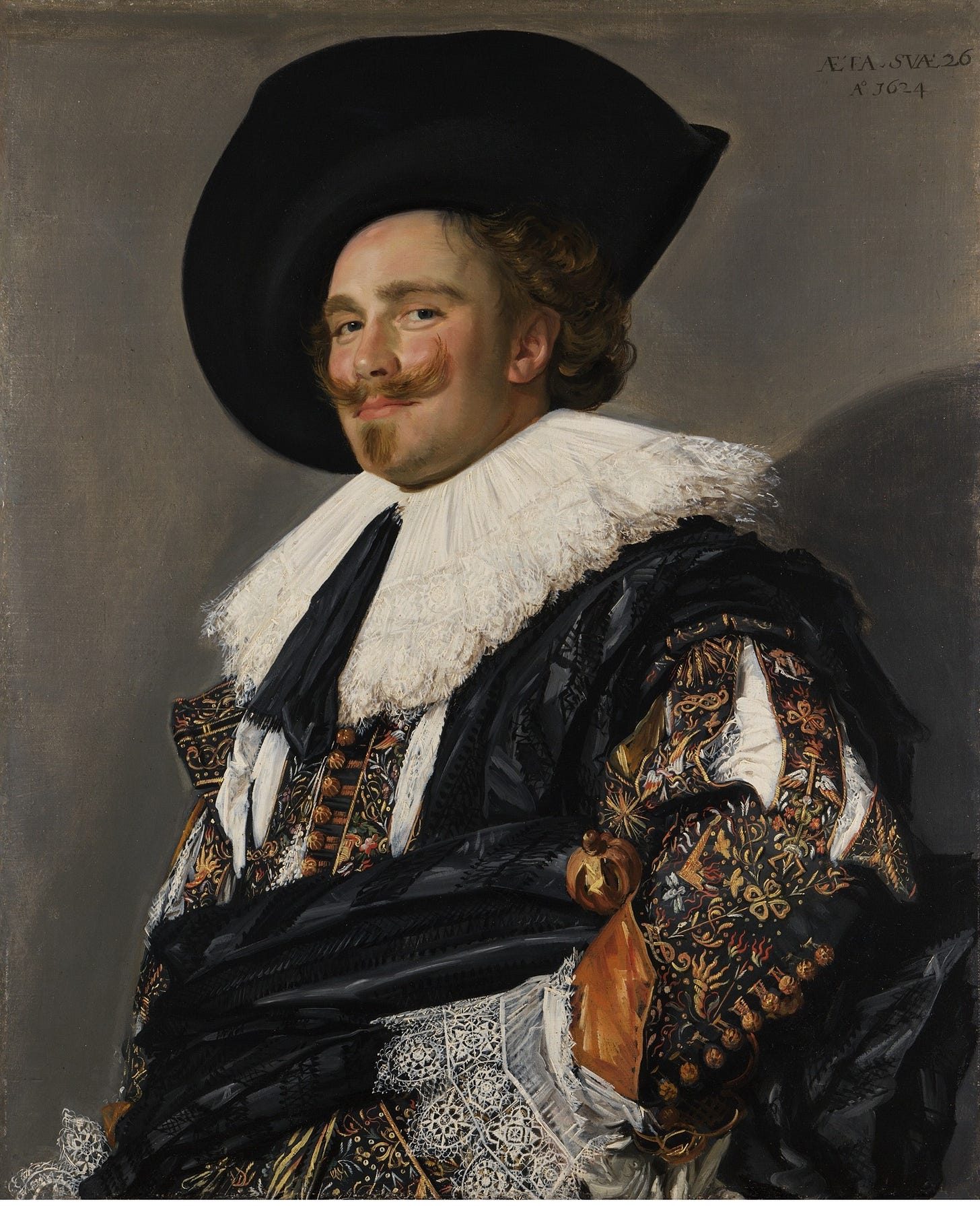

The Sibyl's multi-coloured clothing seems to be ready for anything she sees in a world of wonders. The curiosity in her face, fearless and maybe even naive, brings no preconceived ideas to her observation.
They are all exquisite paintings. I can see why you extol about the gallery. Sibyl is quite striking.